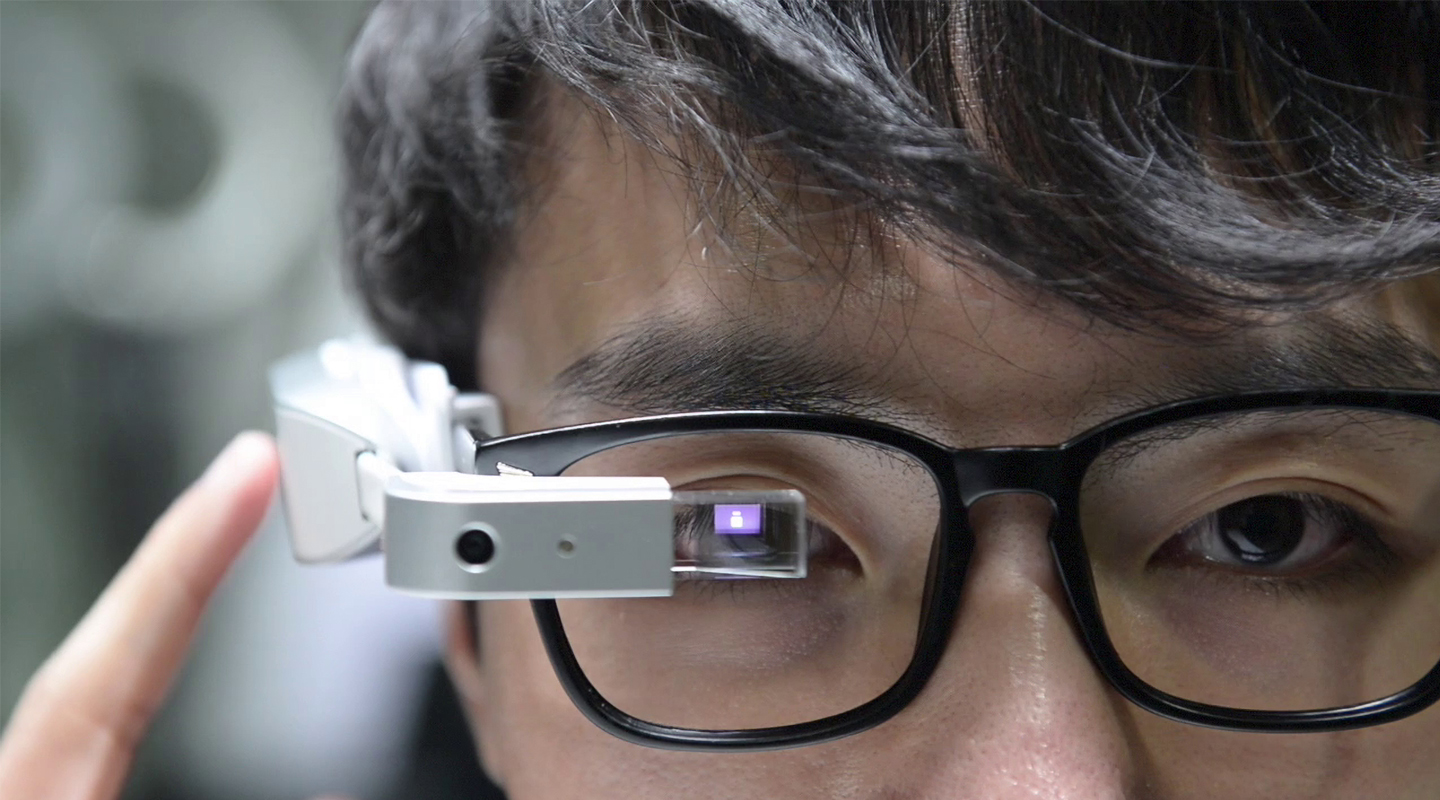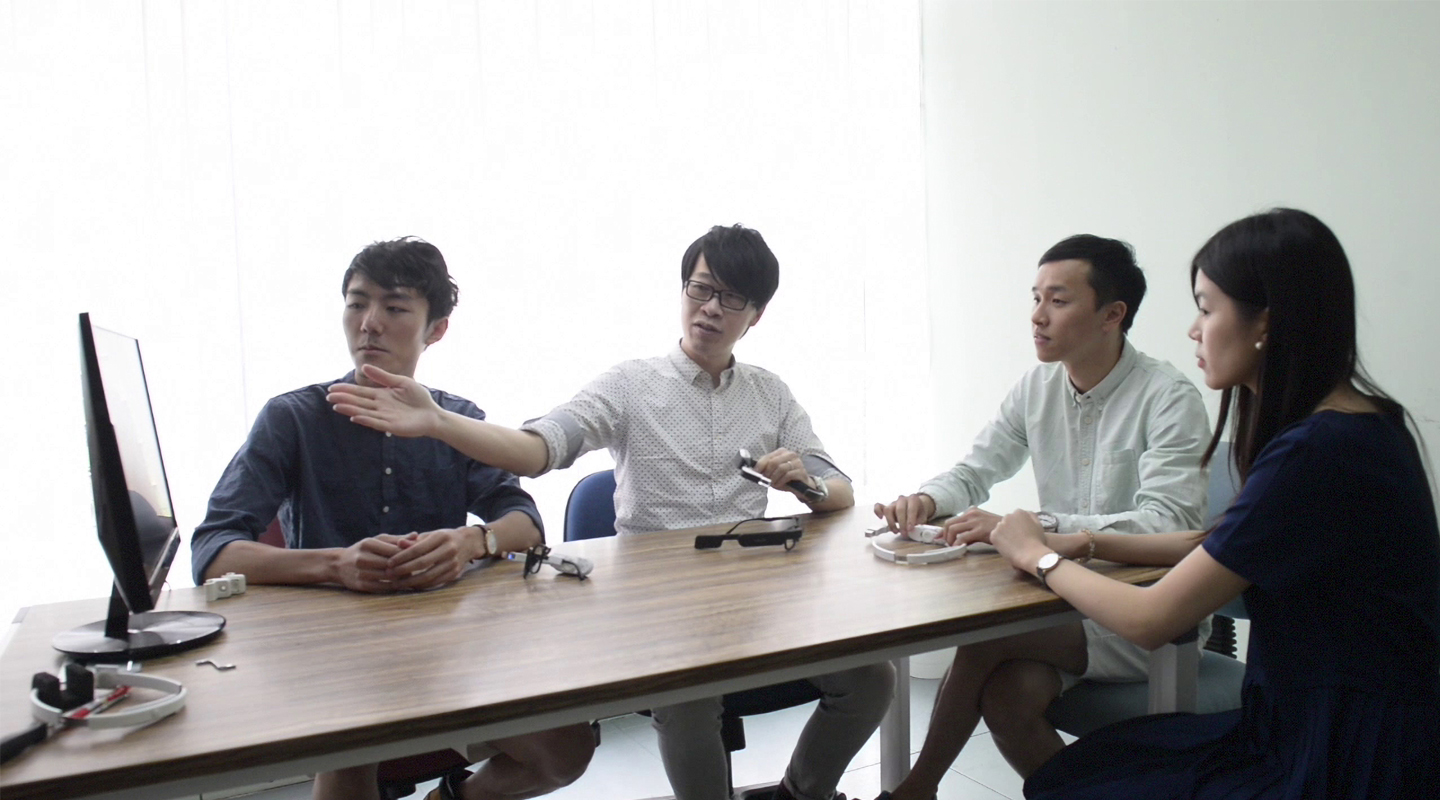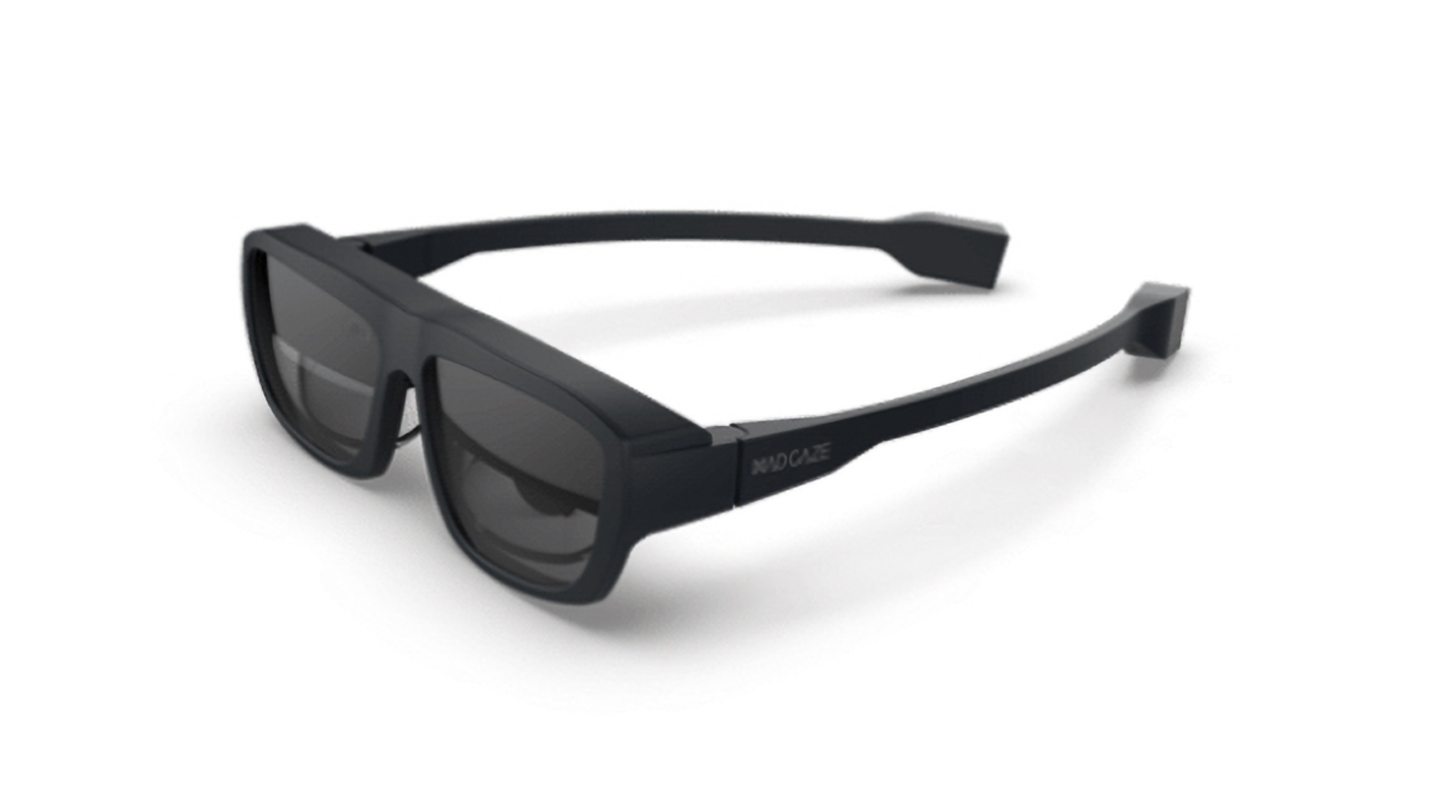Dear readers, With the launch of e-newsletter CUHK in Focus, CUHKUPDates has retired and this site will no longer be updated. To stay abreast of the University’s latest news, please go to https://focus.cuhk.edu.hk. Thank you.
Building Realities
Jordan Cheng’s venture into the metaverse

You knew more about the metaverse than you think—long before Mark Zuckerberg rebranded his tech empire around it and made it the buzzword of 2021. The younger ones of us will have all taken refuge in the fantastical worlds of video games, escaping from the tedium and discipline the adults imposed. Those who came before us, too, had their way of transcending reality. With a cardboard box large enough to crawl into, some doodling and a bit of imagination, you get a home of your own, one that can be infinitely more luxurious than you can afford. When Zuckerberg speaks of a virtual, alternative arena for human dealings, he is appealing to none other than this primal urge of ours to break free and be part of something bigger, more exciting.
Jordan Cheng has also long been aware of this all too human need. At seven, when many of his peers were fantasizing a second life in their cardboard mansion, he got his first computer. Taking apart and fiddling with existing programs, writing his own programs, building websites—he frolicked in the cyberspace through adolescence, took his exploration to the next level at CUHK’s Department of Information Engineering and started a mobile app developing company after graduation, when smartphones were giving more people greater access to the digital universe. In essence, his life had so far revolved around that same desire to experience more than what the real, physical world permits; the question was if he could further enhance that experience. So in 2013, the year smartphones overtook feature phones in global sales, Jordan took one more step ahead and founded MAD Gaze, one of the world’s first developers of augmented reality (AR) glasses.

‘We knew back then the metaverse will be a hit,’ he recounted, ‘and we reckoned that AR devices will eventually replace smartphones as the mainstream means of entry into the metaverse.’ An AR device works by superimposing virtual elements on real-world imagery, allowing greater immersion than smartphones but not so much that the user loses touch with reality altogether like they would with a virtual reality (VR) device. AR itself is possible with smartphones: Pokémon GO, the once hugely popular mobile game that shows the eponymous magical creatures in action against real-life backdrops, is the prime example. With smartphones, however, the experience is bounded by the small screen. With a dedicated pair of AR glasses, the picture extends as far as the eye can see.
‘You can watch movies and play games just fine on your phone, but does that give you the best experience? Surely it’d be a lot cooler to see a dinosaur flying around you in three dimensions than in the flatness of a six-inch canvas,’ Jordan said.
And an AR device promises more than entertainment. ‘Let’s say you’re going shopping. With your AR glasses on, directions to the store pop up right in front of your eyes as you go, and details about the product are laid before you the moment you glance at it. You don’t have to stop and pull out your phone to consult Google every step of the way. Now, what if you’re shopping from home? Does the dress look good on me? You might wonder. Look into the mirror with your AR glasses, and you’ll instantly see yourself in it.’ The convenience of it, according to Jordan, could bring about changes to commerce and human transactions at large.
‘With a richer, more informative shopping experience, both the buyers and the sellers could be spared the hassle of arranging returns and refunds. And as it becomes easier to receive information, merchants can connect with their customers more actively.’
But back in 2013, it was not at all obvious that dedicated AR devices have much potential. Before the birth of MAD Gaze, Google had actually been making their smart glasses and released a prototype. It was a flop, and I still remember the barrage of memes ridiculing it. It sure seemed rash of Jordan to walk into this apparent wasteland when even Google could not conquer it, but there was in fact nothing rash about his move.

‘We told ourselves not to be side-tracked by this single failure and focus on the big picture: are AR glasses fundamentally feasible with the technology we have? What are the prospects like for the market? Our answers to both questions were positive, so we moved on to asking why Google had failed.’ Their inquiry pointed to weaknesses in multiple aspects of the glasses, from look to functions, price to battery, any one of which would be fatal on its own. The question now was if they can be fixed, and they were confident they could.
‘It wasn’t easy of course.’ A pair of AR glasses is essentially a smartphone that you wear; apart from being functional, it must be light, stylish and cheap. Because it was such a new domain, they had to start from scratch, having no outsourcer to depend on.
‘It took us a few years to develop the first generation. Funding alone wouldn’t have got us there.’
Then of course without proper funding, they would definitely have not got there. Given how long the development cycle was initially, Jordan and his team had very little to showcase to their potential investors at first. And as much as investors have to be convinced, it is the consumers that need to be on board, many of whom are unfamiliar with or sceptical about the very concept of AR. While Jordan came from a technical background, it is often business quandaries like these that he must tackle as CEO. But this double life is nothing new to him, beginning while he was at CUHK.

‘While learning many of the technical basics of what I’m doing today at the Department of Information Engineering, I got to know a bunch of business students in competitions and projects. From there I picked up the know-how of running a business, stuff like how to write a business plan.’
Turning fantasy into reality and being itself a dream come true, MAD Gaze is now just behind Microsoft in global AR glasses sales. But Jordan noted that AR is still a rather small market, and a whole ecosystem comprising the software as well as the hardware needs to be built. There remains a lot to get done, but time appears to be on his side.
‘AR will be the name of the game for the next 10 to 20 years,’ said Jordan. ‘Some developers are pushing the limit with the hardware and proposing contact lenses as the next entry device, but it’s quite far from being feasible. At any rate, the goal will still be to combine the virtual with the real, enhancing our day-to-day experiences insofar as we keep in touch with the actual world.’
In 2020, Jordan made Tatler’s Gen.T List as one of the 300 leaders shaping Asia’s future. At the end of the interview, I asked him what it is that gives him most pain and joy. He did not have an answer for the former, being the fighter that he is. For the latter, said this builder of realities, leaving a mark is probably it.
‘It’s not making money that gives us the satisfaction. It’s not that money isn’t helpful. There are countless companies that make big money, but very few have a lasting impact on the industry and society. We’d like to have that kind of impact, to be recognized for what we do.’

By jasonyuen@cuhkcontents
Visuals courtesy of the Minor Programme in Entrepreneurship and Innovation (EPIN)